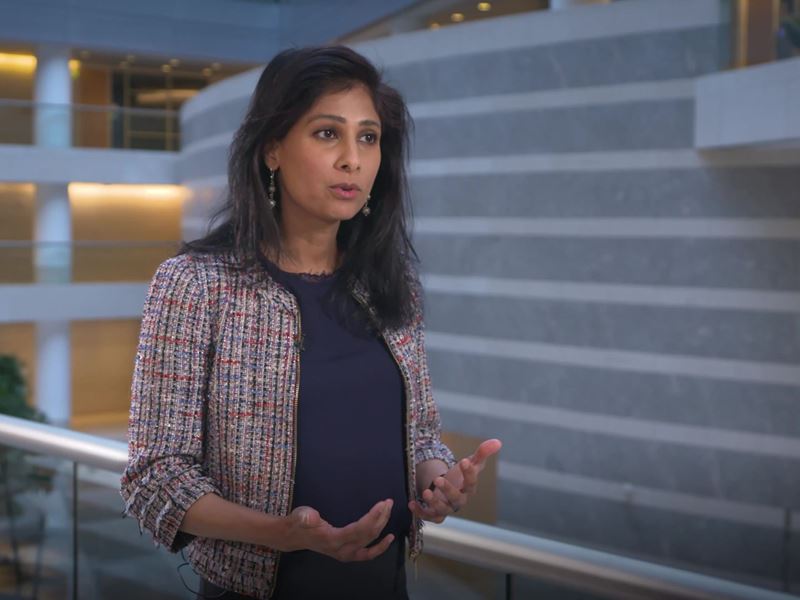IMF / World Economic Outlook January 2022 Forecast

Growth slows as economies grapple with supply disruptions, higher inflation, record debt and persistent uncertainty.
Global growth is expected to moderate from 5.9 percent in 2021 to 4.4 percent in 2022—half a percentage point lower for 2022 than previously forecast the IMF announced in the update to the World Economic Outlook report Tuesday (January 25) in Washington, DC.
“So, we are downgrading growth for this year to 4.4 percent, mainly driven by downgrades for the US and China. Growth for 2023 is projected to be 3.8 percent. For many advanced economies and emerging and developing economies, we are upgrading our inflation forecasts for this year,” said Gita Gopinath, IMF’s Chief Economist.
The continuing global recovery faces multiple challenges as the pandemic enters its third year. The rapid spread of the omicron variant has led to renewed travel restrictions in many countries and increased labor shortages. Supply disruptions still weigh on activity and are contributing to higher inflation, adding to pressures from strong demand and elevated food and energy prices.
Moreover, record debt and rising inflation constrain the ability of many countries to address renewed disruptions. Some challenges, however, could be shorter lived than others.
“The global economy remains in the grip of the pandemic. New virus variants could further disrupt the recovery. We’re seeing inflation come up strongly in many countries. If, for instance, that leads to much more tighter monetary policy in the US than that’s been expected, then that could tighten global financial conditions. In China, if there are more lockdowns because of the zero COVID strategy, then that could lead to more global supply chain disruptions. So, these are some of the risks that we are concerned about,” added Gopinath.
Gopinath emphasized that as of now, only 4 percent of the population of low-income countries are fully vaccinated versus 70 percent in high-income countries. In addition to ensuring predictable supply of vaccines for low-income developing countries, assistance should be provided to boost absorptive capacity and improve health infrastructure.
“First and foremost, we need to end the grip of this pandemic. That requires much stronger global cooperation and action to make sure that there is widespread vaccination, testing, and access to therapeutics, including the new antiviral drugs that are on the market and it should be made available equitably around the world. Secondly, for individual countries, their national policies should be tailored to country specific circumstances, depending upon the pace of their recovery, inflation dynamics, and the amount of fiscal and monetary policy space they have,” said Gopinath.
To read the full report, click here.





